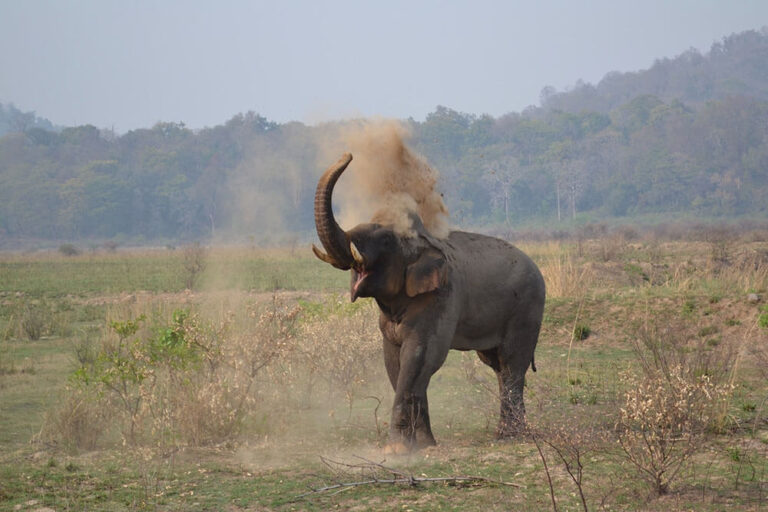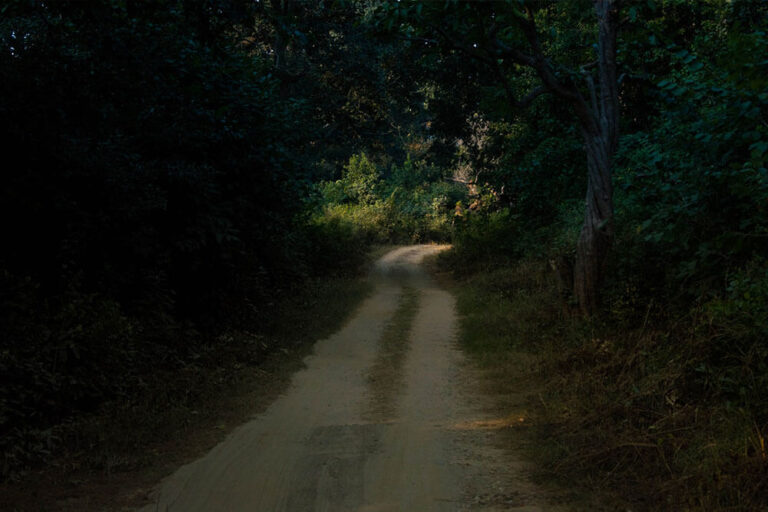Jim Corbett – Man of the legends
He was one of the eight children of Christopher and Mary Jane Corbett. The Corbett family had two residencies, one in Nainital for the summers and other for the winter retreat which was located in Kala Dhunghi. Jim Corbett grew in this cradle of nature, in the wilderness. He was perceptive about the ways of the Kumauni people which led him learn about the ways of the jungle and the decorum of the culture and language.
In the rich bio diversity of the region and the subtle liaison between man and nature has been his greatest inspiration for the conservation of the wild life. His long time friend and the pioneer of jungle photography in India, F.W. Champion, have motivated him to take up the camera rather than the gun against the wild life.
Corbett Park
To talk about the Corbett tiger reserve, the beauty of it, is in its location. It is located between the Himalayan foothills in the North and the primordial Shivalik on the South. The Corbett Tiger Reserve encompasses 1300 square kilometers, ranging between 400-1200 meters above sea level. Nestled amongst the natural cradle of scrub, grass land, Sal forest, rivers and lakes, it is a beauty to be reckoned with.
The Corbett National Park has its origin way back in 1936. At the time of origin the park was called Hailey National Park, after Sir William Hailey, who was the Governor of United Province. He was known about his endeavor for keeping the area free of timber felling, converting forest to farm lands, and poachers.
In later times this park went through a thorough transformation under Jim Corbett. He is inscribed in the pages of history as the legendary hunter who turned into a conservationist. An ally to the Kumauni community, he was the one to draw the park’s boundary. Hailey National Park was rechristened in his name to Corbett National Park.
The rain fed Ramganga River enters the Corbett National Park from the north east and forms a reservoir in the midst. This park is the sanctuary for the rarest of the breed of flora and fauna giving you an unparalleled lesson in biological diversity equivalent to very few places in the world.
Wildlife
The Corbett National Park is the refuge to one of the large biological diversity in the whole world. Though the biggest appeal to travelers and wild life enthusiasts are the tigers and the Asiatic elephant, the reserve is the sanctuary for more than 50 other species of mammals. You might get glimpse of the carnivorous yellow throated Marten, or the legendary Himalayan leaf nosed bat.
Some of the noteworthy mammals which are found in the vicinity include the sloth bear and the black bear, otters, jackals, the Indian pangolin, civets, leopard, jungle cat, leopard cat and the fishing cat, four species of deer and three of antelope.
More than 30 species of reptiles inhabits the creeks and swamps of the Corbett national park including both the Maggar and Gharial species of crocodiles. Seven species of amphibians along with seven species of fishes including the tiger of Indian rivers are found in the waters of the parks.
Corbett is the nest to more than 600 registered species of birds which makes the park to greatest number of birds in the country. As the park is located in the migratory route, it is a stopover for many passage migrants. The differing altitude becomes the melting pot for the aviary community.




